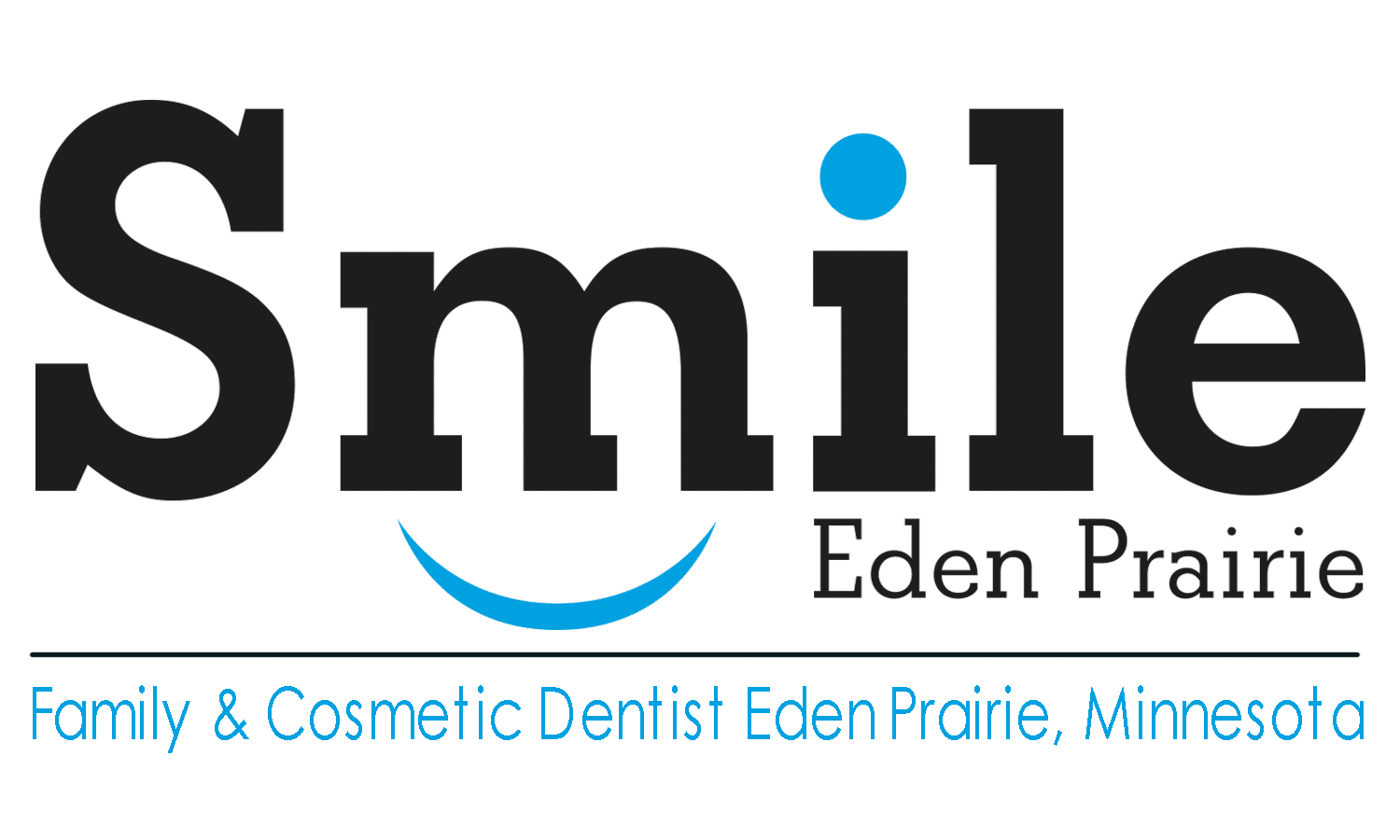General Dentistry Concepts: Dental brace
Dental braces are devices which are commonly used in orthodontics that work to align, straighten and help position the teeth. Dental braces also aim to improve a patient’s oral health. Braces can also be used to fix gaps in the teeth. They are often used to correct bit abnormalities which include underbites, malocclusions, overbites, open bites, deep bites, cross bites, crooked teeth and other issues with the teeth and jaw. Braces can be cosmetic or structural in nature. Dental braces are often used along with other orthodontic appliances in order to control the shape of the teeth and jaws.
Process
Once braces are applied, they work to move the teeth using controlled force and placing strategic pressure on the teeth. There are usually four basic elements included: brackets, bonding material, arch wire and ligature elastic. The teeth slowly move when the arch wire puts pressure on the brackets and ultimately the teeth. In some cases, springs or rubber bands are used to put additional force on the teeth and move them in a specific direction.
Braces use a constant and controlled pressure to slowly and strategically move the teeth into their desired positions. Braces work by loosening the tooth and once loose, bone grows in to the space to support and stabilize the tooth in its new position. This process is referred to as bone remodeling. Bone remodeling is a biomechanical process which makes the bones stronger as a result of load-bearing activity and weaker in the absence of carrying a load. There are two different kinds of possible bone resorption:
- Direct resorption: starts from the lining cells of the alveolar bone
- Indirect or retrograde resorption: occurs when the periodontal ligament is subjected to an excessive amount of compressive stress over time
Another important factor associated with the movement of teeth is bone deposition. Bone deposition occurs in the distracted periodontal ligament. Without bone deposition, the tooth will become loose and voids will occur.
There are numerous different types of braces which are used to adjust the teeth and jaw. Some of the common types include:
- Traditional metal wired braces: made of stainless-steel or sometimes used in conjunction with titanium. Traditional metal braces are the most commonly used type of braces. Metal braces have a metal bracket with elastic ties that hold the wire onto the metal brackets. Another common type of braces used are self-ligating braces. This type does not require the elastic ties. In this form, the wire goes directly through the bracket. This type of braces can help reduce the treatment time, cause less pain on the teeth and require fewer adjustments compared to traditional braces.
- Gold-plated stainless steel braces: often used for patients who are allergic to nickel which is a basic and critical component of stainless steel. This form of braces may also be chosen for aesthetics because some people simply prefer the look of gold to the traditional silver color.
- Lingual braces: a cosmetic alternative where custom-made braces are bonded to the back of the teeth. Lingual braces are virtually invisible from the outside of the mouth.
- Titanium braces: resemble stainless steel braces but weigh less and are equally strong. People who are allergic to the nickel found in steel often choose titanium. Titanium braces are more expensive compared to stainless steel braces.
- Customized orthodontic treatment systems: combine the use of technology including 3-D imaging, treatment planning software and a robot to customize and bend the wire. Customized systems typically offer a faster treatment time and see more efficient results.
- Progressive, clear removable aligners: may be used to gradually adjust the teeth into their desired positions. Aligners can be removed as needed but are expected to be worn for most of the day. They cannot be used for complex orthodontic cases.

